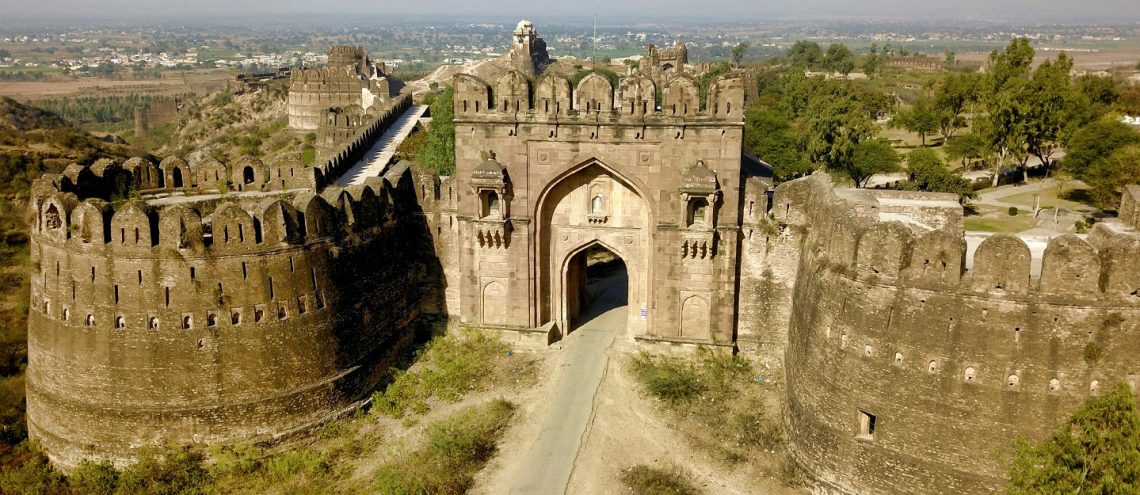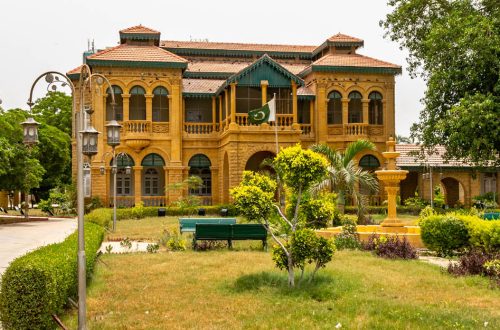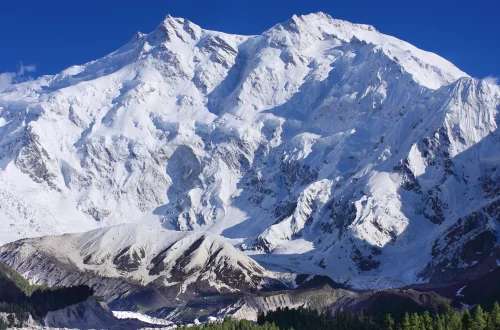Rohtas Fort, a magnificent historical landmark in Pakistan, stands as a testament to the architectural genius and strategic foresight of Sher Shah Suri. Constructed to suppress rebellious tribes, this UNESCO World Heritage site spans over 4 km, featuring 68 towers and 12 gates that amalgamate Afghan and Hindu designs. Despite its state of ruin, ongoing restoration efforts aim to preserve its grandeur, making it a pivotal destination for tourists and historians alike, keen on exploring its cultural and historical significance.
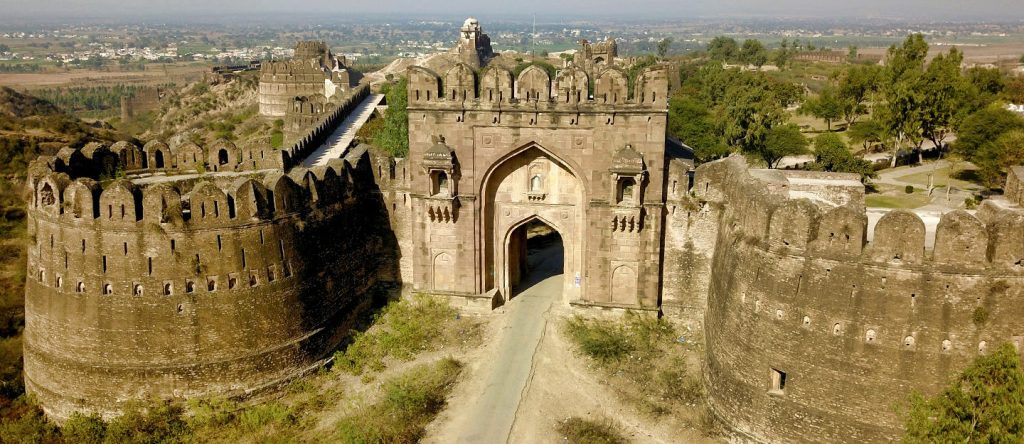
History of Rohtas Fort: A Strategic Masterpiece
A Gateway to History: Exploring Rohtas Fort
A visit to Rohtas Fort is a step back in time. The twelve monumental gates, including the imposing Sohail Gate and the intricately decorated Kabuli Gate, provide a grand entrance to the fort. Inside, a network of bastions, guard posts, and barracks offer a glimpse into the fort’s military prowess. Explore the Shahi Mosque, a testament to Mughal architectural influence, or delve into the history of the region at the Sher Suri Museum.
The Conception by Sher Shah Suri
The story begins in the mid-16th century with the Afghan king Sher Shah Suri. Having established his dominion in the subcontinent, Suri sought to consolidate his power and quell potential rebellions. Recognizing the strategic importance of the Jhelum region, he envisioned a formidable fort to deter local tribes and secure the vital Grand Trunk Road, a major trade route. In 1541, construction of Rohtas Fort commenced, marking the beginning of a legacy that continues to this day.
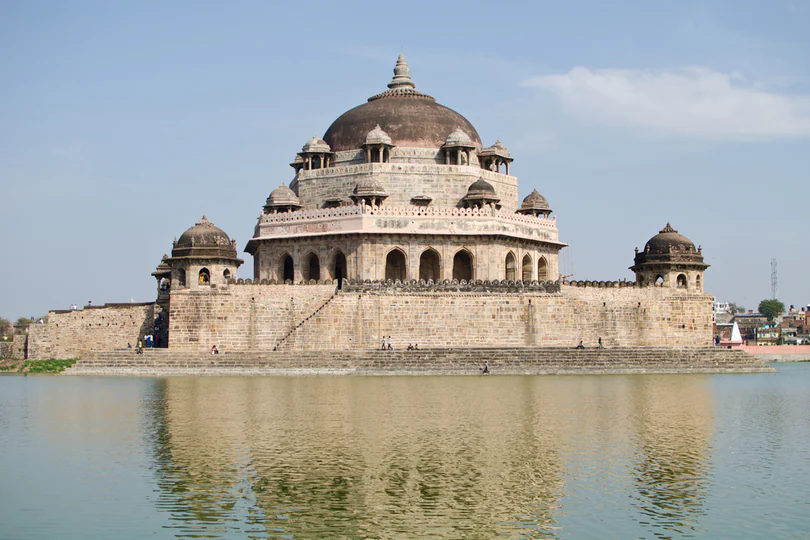
Rohtas Fort’s Role in Subjugating Rebel Tribes
The fort’s strategic location played a crucial role in subduing the Potohar tribes, who had posed a challenge to Suri’s rule. The imposing structure served as a powerful symbol of the king’s authority, deterring rebellions and ensuring control over the region. The presence of a strong garrison within the fort further ensured its effectiveness in maintaining order.
Architectural Wonders of Rohtas Fort
Rohtas Fort stands out for its unique blend of architectural styles. While primarily designed for military purposes, it also showcases a remarkable aesthetic appeal.
The Unique Blend of Afghan and Hindu Architecture
Sher Shah Suri, of Afghan descent, brought influences from his homeland. The fort’s massive stone walls, bastions, and gateways reflect the robust military architecture of Afghanistan. However, the presence of skilled Hindu artisans resulted in the incorporation of intricate carvings and decorative elements, adding a touch of elegance to the fort’s structure. This unique fusion of styles is evident throughout Rohtas Fort, creating a visual masterpiece.
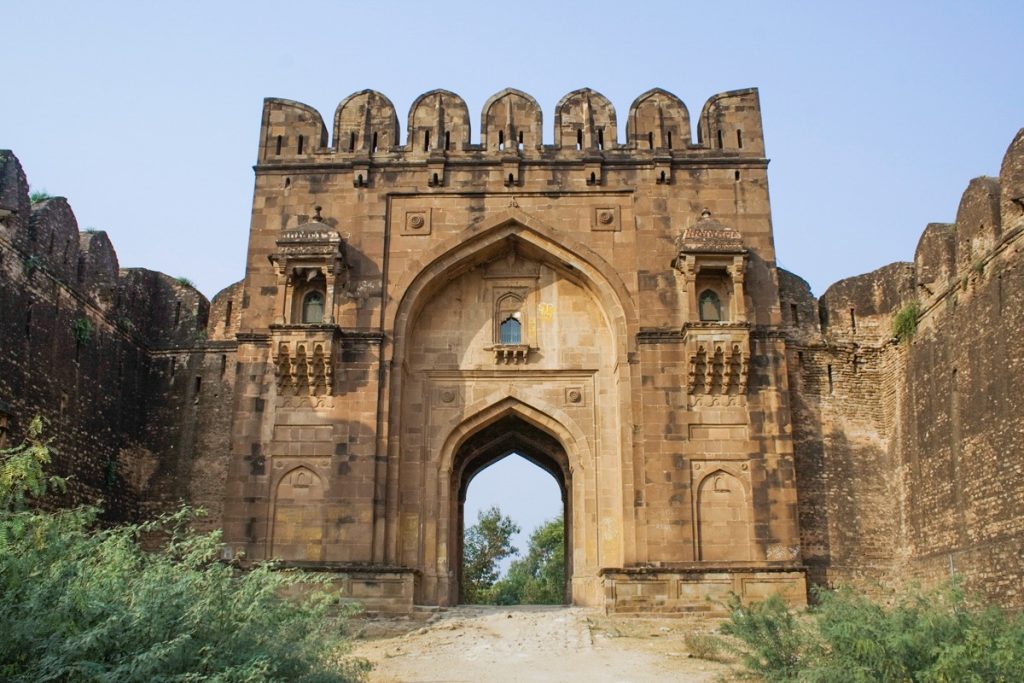
Exploring the 12 Gates and 68 Towers
The fort boasts twelve monumental gates, each serving a specific purpose and named after its location or function. The Sohail Gate, the main entrance, stands as a symbol of power and grandeur. Other gates like the Kabuli Gate and the Kashmiri Gate hint at the trade routes and cultural influences that shaped the region.
Sixty-eight imposing towers strategically placed along the perimeter walls provided a watchful eye over the surrounding landscape. These towers, known as bastions, were crucial for defense, allowing soldiers to effectively engage in long-range combat with potential attackers.
The Restoration Journey of Rohtas Fort
Despite its formidable structure, Rohtas Fort endured centuries of wear and tear. The passage of time, neglect, and natural disasters took their toll. However, recognizing its historical and cultural significance, restoration efforts began in the 20th century.
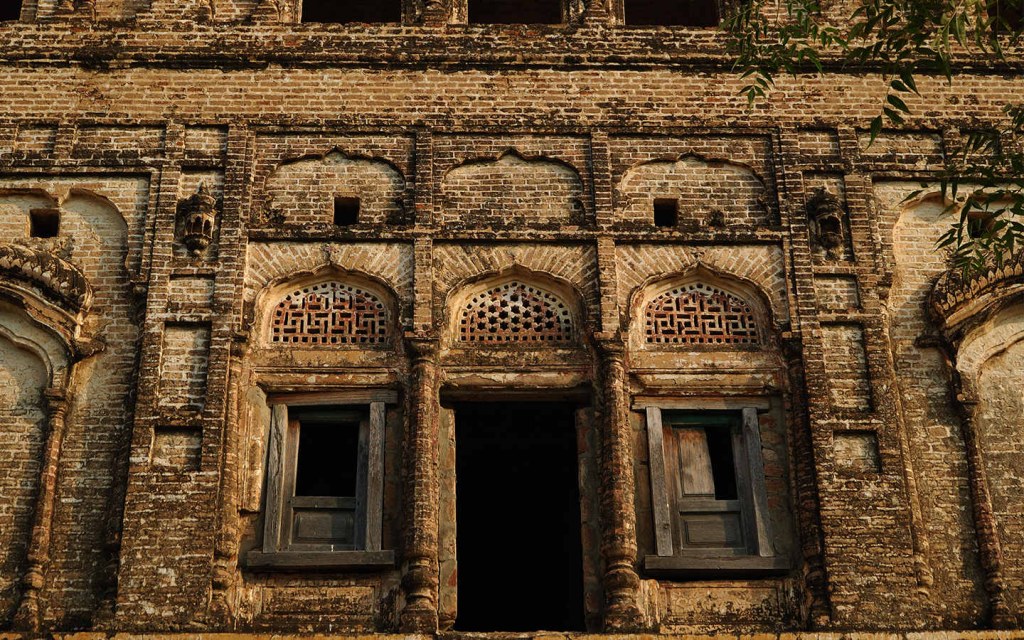
Current State and Preservation Efforts
The Pakistani government, along with international organizations like the WWF-Pakistan and USAID, have undertaken several conservation initiatives. These efforts focus on stabilizing the fort’s structure, repairing damaged sections, and preventing further deterioration.
The focus also lies on maintaining the historical integrity of the fort and preserving its original architectural features. These restoration efforts ensure that Rohtas Fort continues to stand as a symbol of Pakistan’s rich heritage for generations to come.
The Importance of UNESCO Recognition
In 1997, UNESCO inscribed Rohtas Fort as a World Site. This recognition highlights the fort’s outstanding universal value, signifying its cultural and historical significance to humanity.
This prestigious designation has several benefits:
- Increased awareness and funding: The UNESCO recognition draws international attention to Rohtas Fort, encouraging further conservation efforts and attracting funding for restoration projects.
- Enhanced protection: The UNESCO designation provides an added layer of protection for the fort, ensuring that it is safeguarded for future generations.
- Boosting tourism: Being a UNESCO World Heritage Site positions Rohtas Fort as a major tourist destination, promoting cultural exchange and contributing to the local economy.
Exploring the Cultural Significance of Rohtas Fort
Rohtas Fort transcends its role as a military structure. It is a repository of cultural, weaving a narrative of power struggles, architectural innovation, and the blending of diverse influences.
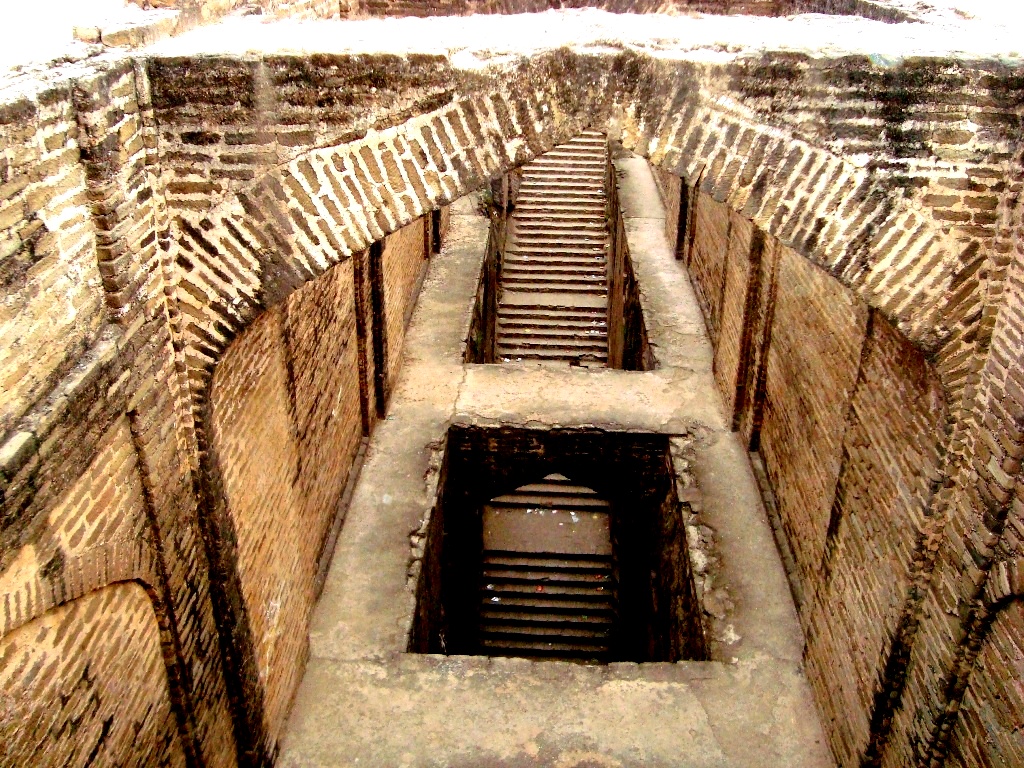
Rohtas Fort in Literature and Folklore
The fort has become a source of inspiration for artists and writers. Local folklore recounts tales of bravery and sacrifice associated with the fort. Historical accounts and literary works document its role in shaping the region’s history.
The Fort’s Contribution to Pakistan’s Heritage
Rohtas Fort stands as a symbol of Pakistan’s rich past. It embodies the strategic prowess and architectural brilliance of a bygone era. The fort serves as a reminder of the region’s diverse cultural influences and its enduring legacy.
Unveiling the Majesty of Rohtas Fort: A Legacy of Power and Stone
Nestled amidst the rugged beauty of Pakistan’s Punjab province lies a testament to human ingenuity and military might – Rohtas Fort. Built in the mid-16th century by the Afghan king Sher Shah Suri, this awe-inspiring fort stands as a symbol of power, architectural brilliance, and a bygone era. Today, it is a UNESCO Heritage Site, attracting visitors from across the globe.
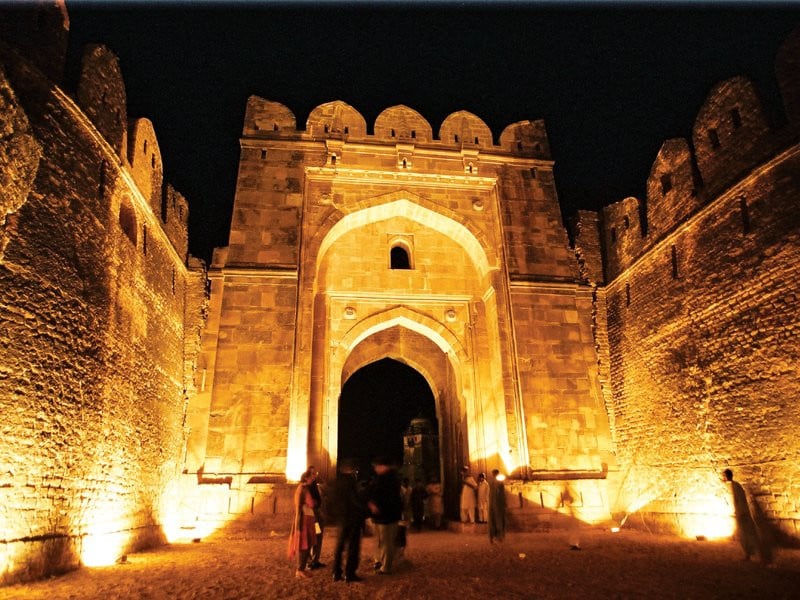
A Fort Built for Dominance
Rohtas Fort, also known as Qila Rohtas in Urdu, was strategically built in Jhelum district, overlooking the vital Grand Trunk Road, a historic trade route connecting Asia. Sher Suri, seeking to consolidate his power in the region and deter local uprisings, commissioned the fort’s construction in 1541. The impressive walls, stretching over 4 kilometers, were built using massive stone blocks, showcasing the exceptional skills of the builders.
Standing the Test of Time: From Mughals to Sikhs
Though Sher Suri’s reign was short-lived, the fort continued to hold strategic importance. Mughal emperor Humayun briefly captured it in 1555, but it remained largely under Afghanistan control until the 18th century. Later, the Sikh ruler Ranjit Singh incorporated Rohtas Fort into his expanding empire. Despite changing hands, the fort’s formidable structure remained largely intact.
Beyond the Walls: Discoveries Await
Venture beyond the main fort to discover hidden gems. The Haveli Man Singh, a beautifully preserved Mughal mansion, and Rani Mahal, a smaller structure believed to be a queen’s residence, offer further insights into the fort’s inhabitants. For a panoramic view, climb to the highest point within the fort and soak in the surrounding landscape.
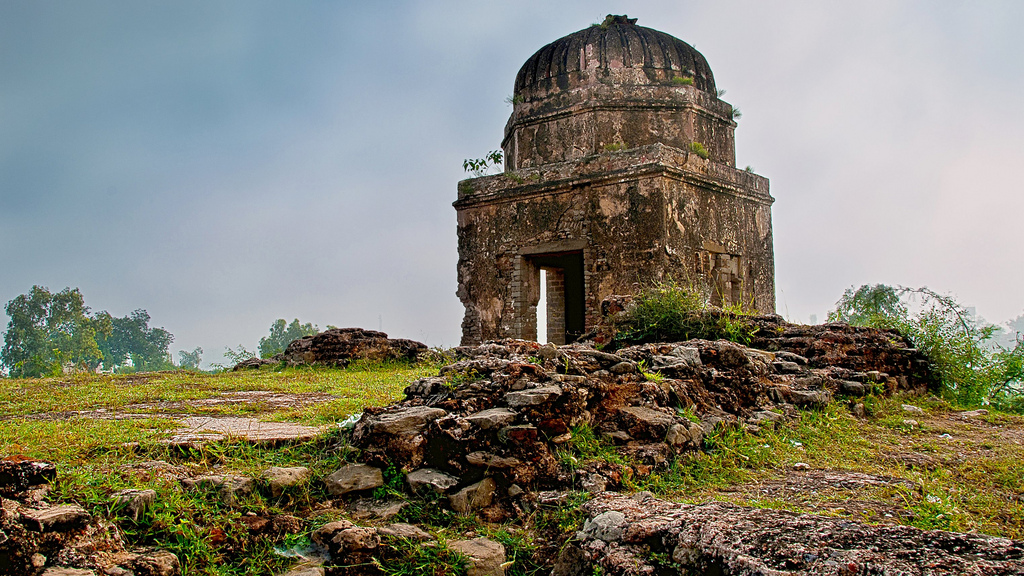
Protecting the Legacy: Rohtas Fort Conservation
Recognizing the historical and cultural significance of Rohtas Fort, UNESCO inscribed it as a World Heritage Site in 1997. Since then, several conservation efforts have been undertaken by the Pakistani government and international organizations like the Himalayan Wildlife Foundation (WWF-Pakistan) and USAID, ensuring the fort’s preservation for future generations.
A Journey Awaits: Plan Your Visit
Rohtas Fort, located approximately 16 kilometers northwest of Jhelum city, is easily accessible from major cities like Lahore and Islamabad. The fort is open year-round, with extended hours during the summer months. The entrance fee is minimal, making it an affordable and enriching experience for visitors.
So, embark on a journey to Rohtas Fort and discover a masterpiece of military architecture with a rich and complex history. Let the imposing walls, intricate details, and echoes of the past transport you to a bygone era, leaving you with a lasting impression of this magnificent fort.
Delving Deeper: Unveiling the Hidden Gems of Rohtas Fort
While the grandeur of Rohtas Fort’s main style is undeniable, a closer look reveals a treasure trove of hidden gems waiting to be explored. Here’s a glimpse beyond the majestic walls:
Gates with Stories to Tell:
Each of the twelve gates tells a story. The Mori Gate, named after a tribe that inhabited the area, served as the southern entrance. The Pipalwala Gate, adorned with a pipal tree (Ficus religiosa) carving, might have held religious significance. The Langar Khani Gate, near the kitchens, likely facilitated access for food supplies. Every gate offers a unique perspective on the fort’s history and function.
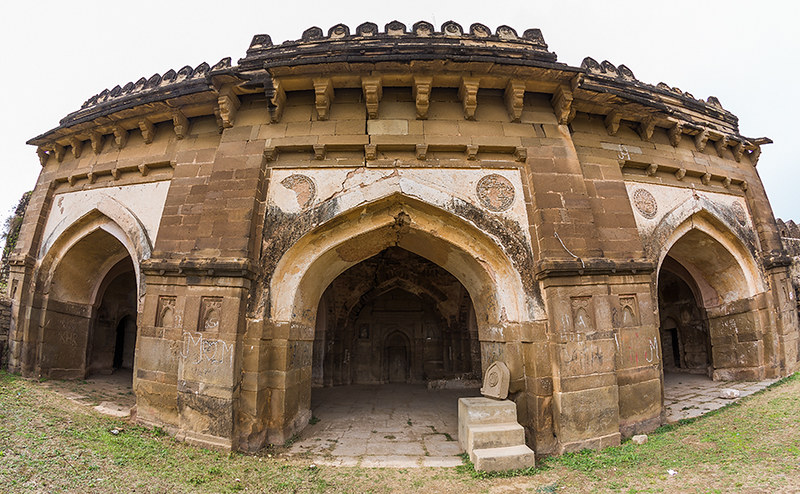
A Peek into Daily Life: Baoli and Haveli Khwas Khani
Stepwells (baoli) within the fort, like the one near the Shahi Mosque, provided a vital source of water for the inhabitants. Haveli Khwas Khani, meaning “mansion for the elite,” offers a glimpse into the lives of nobles who resided within the fort walls. Imagine the daily routines, conversations, and power dynamics that unfolded within these historical style.
Traces of Mughal Influence:
While primarily built by Sher Shah Suri, Rohtas Fort showcases a blend of architectural styles. The Shishi Gate, with its intricate tilework and geometric patterns, reflects Mughal influence. Spot the remnants of a Mughal-era caravanserai (rest house) near the fort, hinting at the bustling trade activity that once took place.
Exploring the Environs: Beyond the Walls
The Kahan River, flowing near the fort, provided a natural moat and a source of water. Hike up the nearby Tilla Jogian (Hill of the Ascetics) for a breathtaking view of the fort and the surrounding landscape. Visit the Rohtas Fort Conservation office to learn more about restoration efforts and ongoing research.
Unveiling the Past: Museums and Archaeological Sites
The Sher Shah Suri Museum, housed within the fort, showcases artifacts and information about the fort’s construction and past. Explore archaeological sites in the vicinity, like Shahabad in Bihar, India, where Sher Shah Suri built another impressive fort showcasing similar architectural elements.
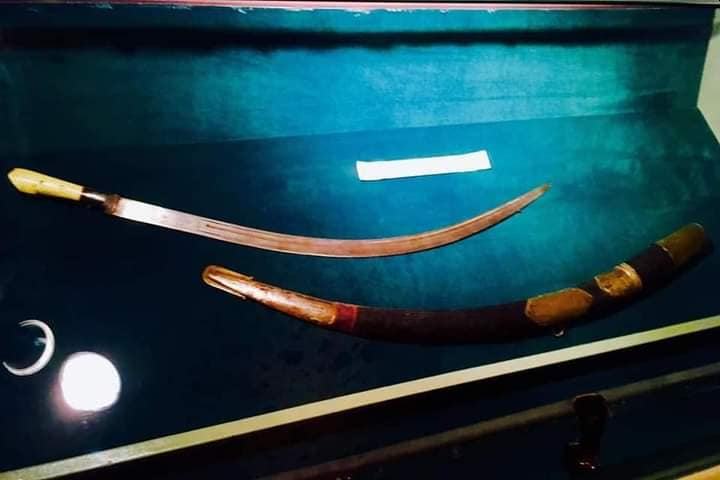
Local Connections: Festivals and Cultural Experiences
Experience the vibrant culture of the region by attending the annual Rohtas Fort Festival, featuring traditional music, dance performances, and local crafts. Interact with guides, many of whom are descendants of families who have lived near the fort for generations. Listen to their stories and gain a deeper understanding of the fort’s significance in the community.
Exploring Further: Forts and Cities Nearby
After exploring Rohtas Fort, consider visiting other historical sites in the region. Lahore Fort, a showcasing Mughal architecture, offers a fascinating contrast. The historical city of Taxila, an ancient center of Gandharan civilization, gives a glimpse into the rich tapestry of Pakistan’s past.
By venturing beyond the main style and delving into the hidden gems, Rohtas Fort transforms from a historical monument into a living tapestry of stories. The intricate details, diverse influences, and connections weave a narrative that brings the fort’s legacy to life. So, embark on a deeper exploration and discover the magic that lies within the walls of Rohtas Fort.
What is Rohtas fort famous for?
Rohtas Fort stands as a remarkable fusion of architectural and artistic styles. Drawing inspiration from both Turkey and the Indian subcontinent, the fort’s construction pioneered a new approach to military architecture. This groundbreaking style laid the foundation for what would become the hallmark of Mughal architecture, with its subsequent refinements and adaptations. The influence of Rohtas Fort’s design can even be seen in European colonial architecture, demonstrating the lasting impact of this innovative approach.
Who was the owner of Rohtas fort?
The fort’s history reflects the ebb and flow of power in the region:
Sur Empire (1540–1556): Established by Sher Shah Suri
Mughal Empire (1566–1761): Ruled by Mughal emperors like Humayun and Akbar
Maratha Empire (1757–1759): Brief control under Maratha dominion
Punjabi Gakhars (1761–1799): Local rulers, the Gakhars, held sway
Sikh Empire (1799–1849): Maharaja Ranjit Singh incorporated the fort into his empire
British Colonial Rule (1849–1947): The British East India Company and later the British Empire controlled the fort
Pakistan (1947–present): Since independence, the fort has been under the administration of the Central Government of Pakistan
Which is the largest fort in Bihar?
Towering over the landscape, Rohtasgarh Fort boasts a place among the biggest forts not just in India, but arguably the world. Spanning a colossal 26 miles in circumference, this behemoth of a structure is steeped in history. The region itself, named Rohtas after the fort, is believed to have been established by Rohitashva, son of the legendary King Satyaharishchandra from the Satyuga era.
What is Qila Rohtas in Islamabad?
Nestled amidst the historical heart of Pakistan, Rohtas Fort, also known as Qila Rohtas in Urdu, stands as a UNESCO World Heritage Site. This awe-inspiring monument, a roughly 2.5-hour drive from Islamabad, offers a captivating glimpse into 16th-century Muslim military architecture. Commissioned by the Afghan king Sher Shah Suri, the fort’s imposing structure and intricate details continue to captivate visitors to this day.
